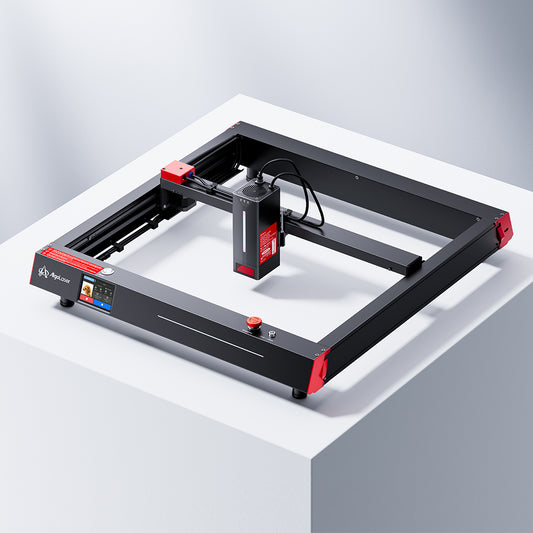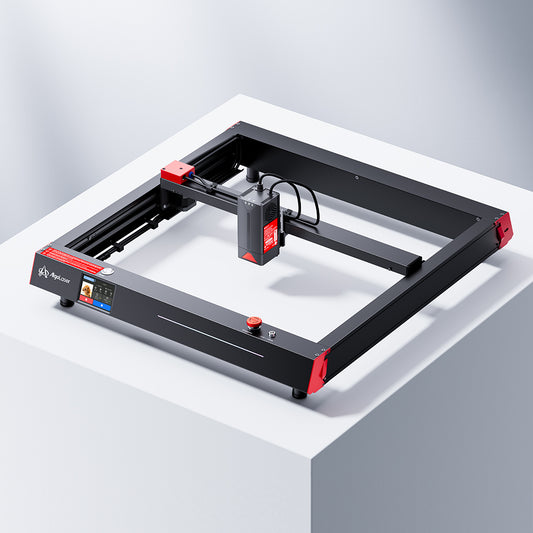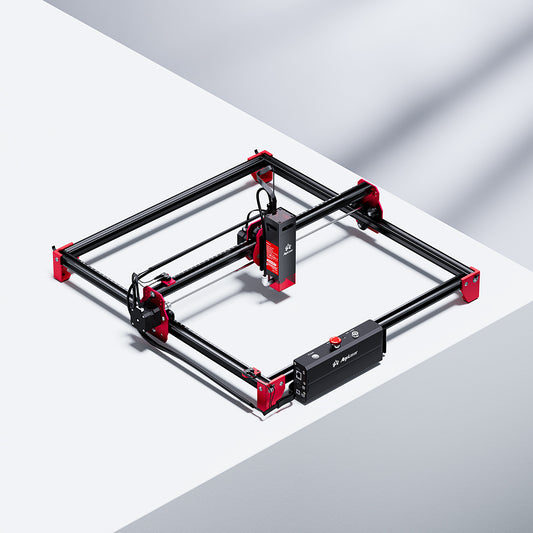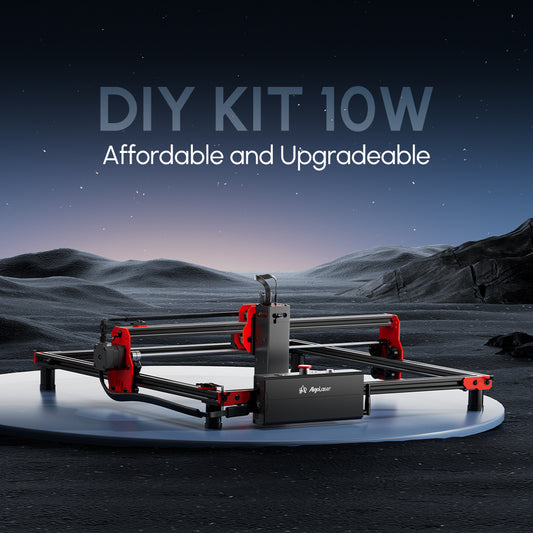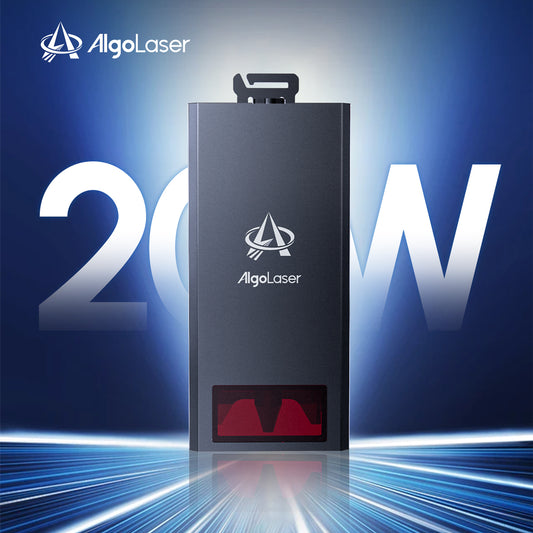Go back to the home screen and tap “Projects”, then select “SD Card” (or U Disk if you’re using USB). Browse for the image you want to engrave on the metal medal. It could be a logo, name, date, or custom artwork.
Once the image is loaded, you’ll be prompted to choose a material. Tap “Metal”. Then choose the effect—you’ll typically be offered "Standard," "Deep Engraving," or "Polished." For medals, the Standard setting gives the best contrast and clean edges.
Here’s where settings come into play. For most metal medals, use the following engraving parameters:
· Fill Speed: 500mm/min
· Power: 100%
· Line Interval: 0.05mm
· Pass: 1
This is your go-to setting for stainless steel, anodized aluminum, and coated metal medals. If you're engraving raw aluminum or chrome, you might want to slow it down a bit to deepen the mark.
Position the image on the preview screen using drag-and-drop or the X/Y coordinate tool. Make sure it’s centered or aligned with the hole in the medal (for lanyards). The screen allows you to fine-tune the placement down to a tenth of a millimeter, so take advantage of that precision.
Next, adjust the size of the image. For a 2-inch medal, a 1.5-inch design usually looks best. Tap Frame to simulate the engraving area—this helps you double-check alignment without firing the laser.
Once everything looks perfect, you’re ready to move to the next step.








